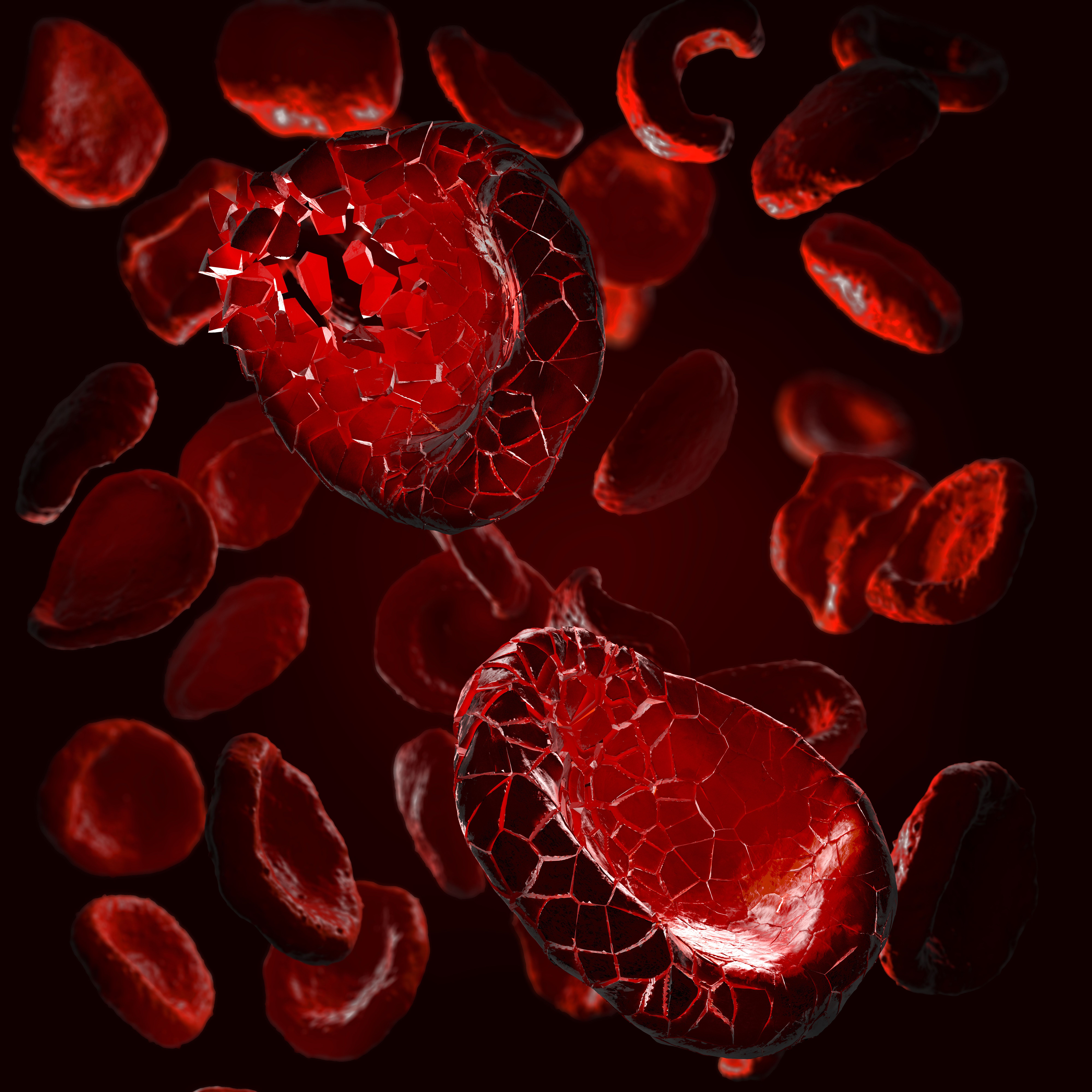OTS Anti-Mesothelin CAR T Cells Show Better In Vivo Activity Than Gavo-Cel in Mesothelin-Expressing Tumors
Preclinical research indicates that anti-mesothelin chimeric antigen receptor T cells may be more effective than gavocabtagene autoleucel in mesothelin-expressing tumors.

In comparison with with gavocabtagene autoleucel (gavo-cel; TC-210), the use of off-the-shelf anti-mesothelin T-cell receptor fusion construct (MH1 γδ allo TRuC) T cells demonstrated prolonged persistence and efficacy in vivo against mesothelin-expressing tumors in mice, according to findings presented at the AACR Annual Meeting 2022.1
Additionally, MH1 γδ allo TRuC T cells yielded similar in vitro activity vs gavo-cel and MH1 γδ allo TRuC T cells elicited in vivo efficacy against SUIT2 tumors with low mesothelin expression. Finally, MH1 γδ allo TRuC T cells created with a T-cell receptor Alpha Constant (TRAC) and B2M multiplexed knock out retained their full potency.
The presence of the TRC-alpha and TRC-beta subunits on gavo-cel can increase the risk of patients developing graft-vs-host disease (GVHD). To reduce the alloreactivity of alpha and beta T cells and reduce the risk of GVHD, the TRAC locus was knocked out from MH1 γδ allo TRuC T cells.
MH1 γδ allo TRuC T cells are generated CRIPSR/CAS9 is used to target the TRAC to eliminate cell surface express of the TCR. Lentivirus is then utilized to transduce primary T cells with allo TRuC transgenes to reassemble a non-alloreactive TCR. Allo TRuC transgenes consist of a single-domain antibody (MH1) fused to the TCR gamma and delta constant domains. By contrast, gavo-cel is created by adding a TRuC transgene comprised of a single-domain antibody (MH1) that is fused to the extracellular domain of CD epsilon. Since gavo-cel retains its endogenous TCR alpha and beta subunits, they can react against allogenic HLA-I molecules and cause GVHD.
In this mouse model, engraftments of 1 x 106 MSTO-mesothelin cells mixed with Matrigel were injected subcutaneously into the right flank of NSG mice at day -21. When tumors reached 250 mm3 to 350 mm3 at day 0, investigators administered 2 x 106 intravenous MH1 γδ allo TRuC T cells or gavo-cel. Tumors were measured every 3 to 4 days to compare the efficacy of each CAR T-cell therapy.
In a negative control group, a SUIT2 engraftment was injected from days -10 to -8 prior to injection of MH1 γδ allo TRuC T cells or gavo-cel at day 0 to examine the in vivo efficacy of the 2 therapies vs SUIT2 cells. Notably, MH1 γδ allo TRuC T cells were administered with or without an interluken-15 fusion protein in the negative control group to enhance persistence.
On day 19 following the T-cell injections, investigators collected tissue samples from the blood, spleen, and liver and analyzed the samples for T-cell expansion and proliferation.
MH1 γδ allo TRuC T cells demonstrated prolonged tumor clearance compared with gavo-cel, with tumor volume increasing more over time when treated with gavo-cel vs MH1 γδ allo TRuC T cells from 4 out of 5 donors.
Additionally, in the measurement of 9 mice, the levels of human CD45+ normalized counts (cells/µL) in the blood, spleen, and liver were higher with MH1 γδ allo TRuC T cells vs gavo-cel. MH1 γδ allo TRuC T cells also demonstrated enhanced persistence in vivo, with higher normalized counts (cells/µL) of MH1 γδ allo TRuC T cells measured vs gavo-cel by VHH detection.
In the negative control group, 3 animals who received MH1 γδ allo TRuC T cells with the IL-15 fusion protein resisted tumor growth for longer than with MH1 γδ allo TRuC T cells alone, and 1 animal maintained tumor clearance throughout the duration of the study. The study authors noted these observations need to be repeated in additional donors.
References
Donaghey J, Kwong C, Powell A, et al. Engineering off-the-shelf anti mesothelin T-cell receptor fusion construct (TRuC™) T-cells. Presented at: 2022 AACR Annual Meeting; April 8-13, 2022; New Orleans, Louisiana. Accessed April 10, 2022. Poster 4716.